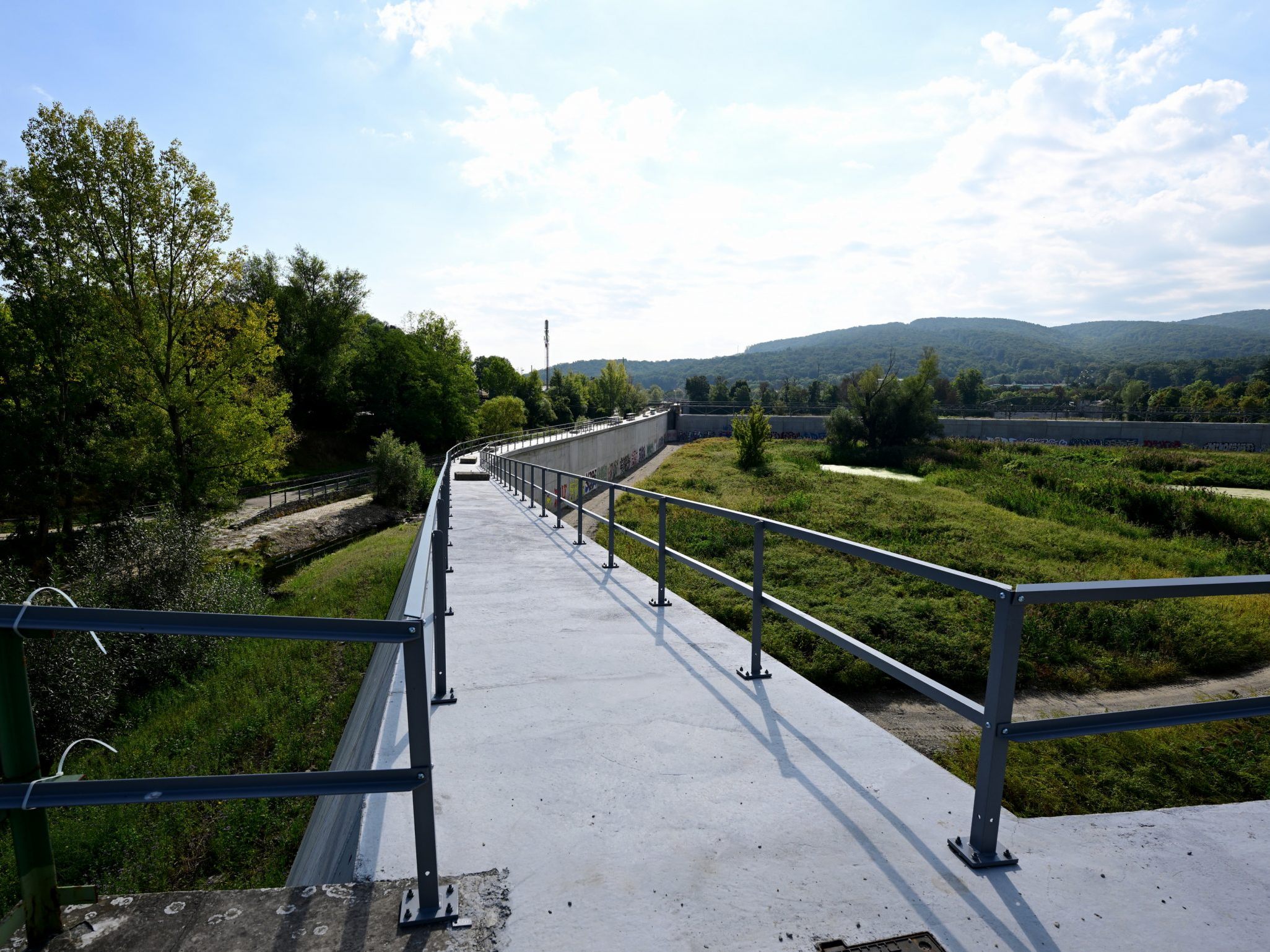After the Millennium Flood: Vienna Upgrades

After the millennium flood a year ago, the city of Vienna is increasing flood protection on the Wien River. After the completion of the renovation work on the weir walls of the retention basins in Auhof, the city is prepared for a flood that statistically occurs only every five thousand years, said Gerald Loew, head of the municipal department MA 45 responsible for Vienna's waters, in an interview with the Austria Press Agency (APA).
"No Absolute Flood Safety"
After the flood, it was decided not only to renovate the weir walls but also to raise them by one meter. "This then offers us protection against a five-thousand-year flood," said Loew. "But there is no absolute flood safety," the expert added. Due to climate warming, rain events are becoming more intense. In the Vienna Woods streams, it is also the case that the soil can absorb little rainwater.
So far, the federal capital is protected from a Wien River flood that statistically occurs once every thousand years. This was the case in the fall of 2024. The flood protection system in Auhof, built during the imperial era - between 1895 and 1899 - reached its limits. If the rain had lasted 20 minutes longer, the Wien River might have flooded the subway network and paralyzed it for weeks or months, Loew described the situation on the morning of September 15.
Novelty for Retention Basins
As Loew explained to the APA, it was the first time since the construction of the facility over 125 years ago that all six retention basins were full, and this happened within two hours. The weir walls were overflowed by up to one meter, according to Loew. The MA 45 estimates the maximum flow rate on September 15 at 440,000 liters per second, just below the capacity limit. Normally, it is only 200 to 500 liters per second.
What was unusual about the event was that the Wien and the Danube were both experiencing high water levels simultaneously. This led to a backflow in the Danube Canal. As a result, the wall to the subway is now being raised there. A wall is also planned to protect the residents in the heavily affected Ludwiggasse in Vienna-Penzing. This is to be built next year, according to Loew. An "idea" is also to permanently lower the Wienerwaldsee, which also belongs to MA 45. However, for the protection of Vienna, this is secondary, said Loew.
Countering Rumors
The Wienerwaldsee, located between the Lower Austrian communities of Purkersdorf, Tullnerbach, and Pressbaum, was lowered by three meters at the time of the flood for embankment renovation. According to Loew, this additional retention volume was used up within 20 minutes. Draining the Wienerwaldsee in the event of an incident is not possible because the lead times are too short. In general, all facilities function passively or automatically, "because due to the characteristics of the Wienerwald, there is no time to react," explained Loew. Only the emptying of the retention basins in Auhof is controlled.
In conversation with the APA, Loew also countered rumors that there had been problems in Auhof. These stories arose because many do not know how the flood protection system works. The fact that the first weir remained closed during the flood was not a malfunction, but intended. Only in this way can the flood wave rushing through the city be smoothed. "The mayor said, 'Vienna can handle floods,' and that's true," said Loew.
(APA/Red)
This article has been automatically translated, read the original article here.





